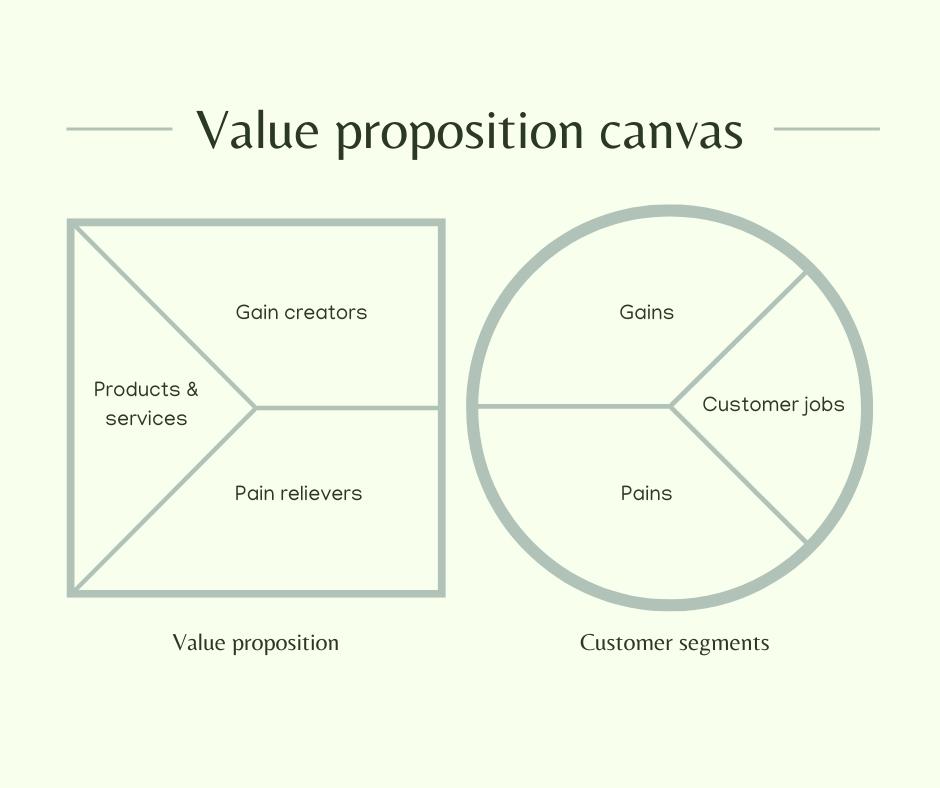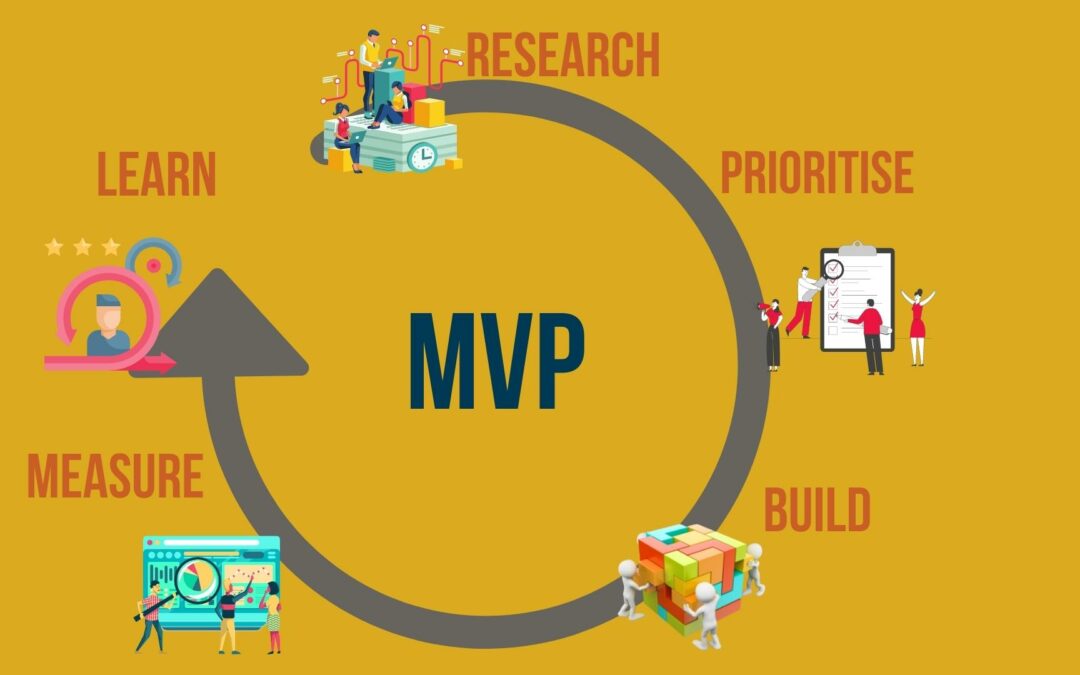
If you are developing a new product/service/business with hopes of bringing it to market, you are probably overwhelmed by all of the ‘steps’ you need to get through.
Where should I start?, you might ask yourself.
Or, which steps should I prioritise?
You may be asked for your value proposition (VP) statement, and you may need a minimum viable product (MVP). But are these the same things and why do we need them?
An MVP and a VP statement are conceptually, two very different things. An MVP is the most basic version of your intended product or service that you can possibly introduce to customers for testing and feedback. (Read more about the MVP here)
More About the Differences Between the VP and the MVP:
Getting From Minimum Viable Product to Minimum Viable Purpose
Value Proposition and the Minimum Viable Product – How to Build a Startup
On the other hand, a value proposition statement is not a tangible product. It is the reason why a customer should want to use your product or service, over other available options, expressed in a statement. A value proposition is the thing that people buy from a business, that is unique to a business and valuable to its customers. Eventually, a unique value proposition statement will be something that you will use in your marketing materials, and in your sales pitches. In fact, a value proposition is arguably the most important aspect of your company message, and eventually a key element of your market validation and marketing strategy.
What sets your company apart from the competition?
A value proposition is a simple statement that should very clearly and concisely communicate the benefit of your product or service that you pledge to deliver to your customers. This statement is what should attract your ideal customers, clearly articulating that what your business offers is better than the competition.
A captivating value proposition should have 3 characteristics.
It should be…
1) Specific
2) Pain-focused
3) Unique – (more on this below)
Your value proposition should focus on the benefits that your product or service offers, not on the product or service itself. It should describe the way your product or service fixes a meaningful pain-point for your ideal customer, improves their lives, and the way it makes them feel.

Let’s look at two examples of the most successful ride-sharing companies who have both created and use effective value proposition statements.
1. Lyft: A ride whenever you need one
On-demand rides for in‑demand people.
Rides in minutes, whenever you need one.
Lyft was created in 2012 as an easier and cheaper way to share rides and carpool. Currently, it offers mobility, vehicle for hire, e-scooters and bicycle sharing services in the USA and parts of Canada and is the second-largest ridesharing company in the United States.
The three value proposition statements above, A ride whenever you need one, On-demand rides for in‑demand people, and Rides in minutes, whenever you need one clearly express the benefits of their services, without going into the details of how to access and pay for those services. It does not offer paragraphs on the history of the company, or operational details. Rides are available in mere minutes, for busy people. That is it. Done. These statements are short and sweet and effective and are used throughout their website and on their marketing materials.
2. Uber: Earn money by driving or get a ride now
Tap the App, get a ride
Always the ride you want
Uber was launched in 2009 under the name of Ubercab. (Interestingly, although the company is San Francisco based, one of its founders is from Calgary, AB). It was created as a way to cut costs of direct transportation, allowing clients to reserve a car and driver. Uber has since grown into a company that includes ride-hailing, food and package delivery, couriers, freight transportation, e-bikes and scooter rentals.
The value that Uber is offering their customers is fast, reliable and hassle-free transportation, which is clearly and simply expressed in the above value propositions statements. Again, the same message is being communicated, but in slightly different ways that can be found throughout their website and in their marketing materials: Earn Money by Driving or Get a Ride Now, Tap the App, get a ride, and Always the ride you want.
With both Lyft and Uber, they had identified a pain point that their customers had: the need for affordable and quick direct transportation. Both of their unique value proposition statements create solutions for that pain-point.

How to Write a Unique Value Proposition Statement
First, you don’t need to fumble through the process of creating a value proposition statement out of thin air, and on your own. There are VP canvases available that you can use to work through the process of creating your VP, and many workshops available as well. Reach out to the RWEIT program for additional support, and access to canvases when creating your VP statement.
As you start thinking about the unique value of your product or service consider these 4 steps:
1. Define your ideal customer persona
2. Identify the pain (problem/need) of your customer that needs a solution
3. Clearly state how you propose to solve the problem/pain of your customer (Outline the benefits that you are providing)
4. Highlight what makes your product or service better than the competition, and what sets your apart
With or without the assistance of an advisor, use a VP canvas to ger your thoughts mapped out.
Once you have your information mapped out on your VP canvas you can create your unique value proposition statement. You want to be creative here, but more importantly you want to be concise and clear. As stated earlier, you should create a VP statement that is specific, pain-focused, and exclusive.

Creating your unique value proposition is an integral step to planning, validating, launching and marketing your business. Working through the VP canvas will help you understand your customer base and the problems they face, your unique value which benefits your customers and your competitive edge.
More About the Value Proposition and the Value Proposition Canvas:



